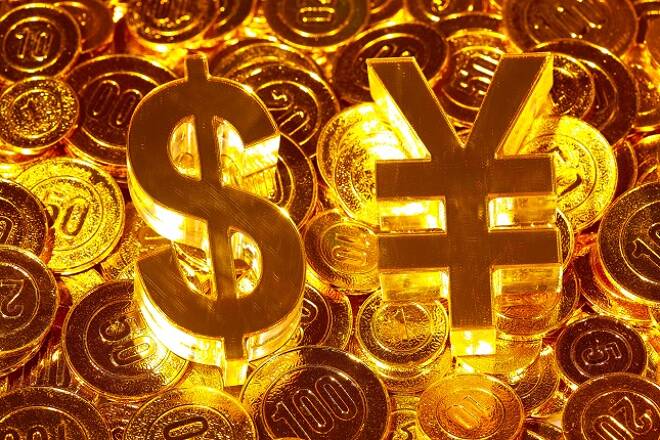Advertisement
Advertisement
USD/JPY Weekly Price Forecast – US dollar goes back and forth
Updated: Jun 14, 2019, 16:54 GMT+00:00
The US dollar has gone back and forth during the course of the week, as we gapped higher on Monday, and then simply went sideways forming daily shooting stars and hammers. Confusion is the main take away here.
The US dollar gapped higher to kick off the week on Monday, shot higher from there to form a couple of shooting stars, and have since pulled back to form a couple of hammers that filled the gap, and now we are just simply thinking about this market as one that doesn’t know what to do.
USD/JPY Video 17.06.19
That makes a lot of sense though, because there is so much confusion out there when it comes to risk appetite. Remember, above all this is a pair that follows risk appetite. If we can break above the top of the weekly candle, that would not only be bullish based upon the weekly candle stick but would also send the market above a couple of shooting stars on the daily chart, so you would have both shorter and longer-term traders jumping in at the same time. That could open up a nice move towards the ¥109.70 level. That of course is the bullish scenario and we probably need the S&P 500 to come along with it.
The alternate scenario is that we break down below the 61.8% Fibonacci retracement level, which is closer to the ¥107.70 level. If we break down below there it opens up the possibility of a move all the way down to the ¥105 level, wiping out the entire rally. Again, this would probably move right along with the S&P 500, and if that breaks down it opens up the door to negativity here as people start buying the Japanese yen for safety.
Please let us know what you think in the comments below
About the Author
Christopher Lewisauthor
Chris is a proprietary trader with more than 20 years of experience across various markets, including currencies, indices and commodities. As a senior analyst at FXEmpire since the website’s early days, he offers readers advanced market perspectives to navigate today’s financial landscape with confidence.
Advertisement
